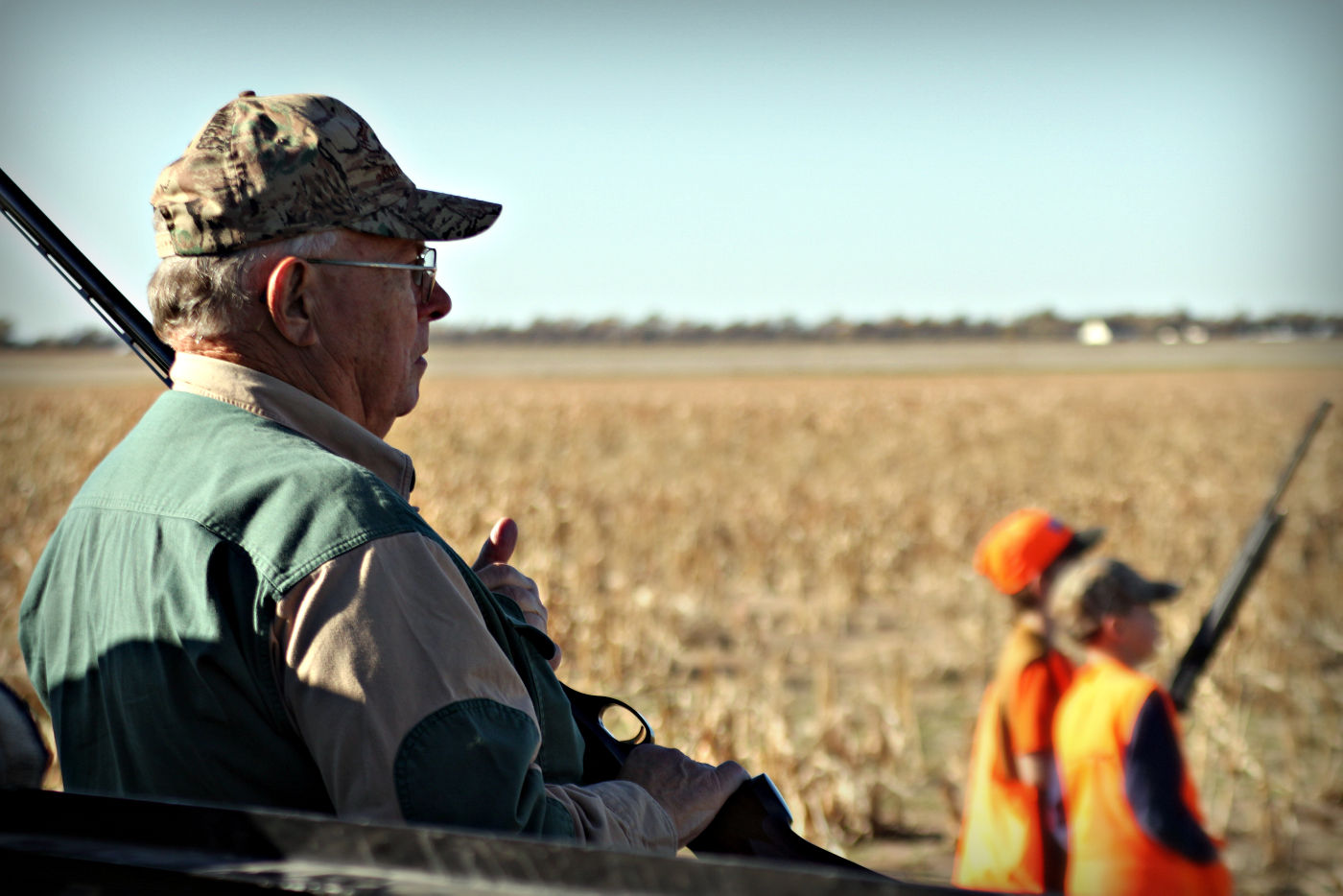After the hunt: food safety begins in the field

October signals a key month for hunters in Kansas and the surrounding region. As of Oct. 1, the Kansas Department of Wildlife and Parks lists open season for elk, antelope, deer, Greater Prairie Chicken, snipe, dove, rail, squirrel, rabbit, coyote and even bullfrogs.
By the end of the month, you can add antelope, duck, woodcock, geese, pheasant and quail to the list of options.
While some hunt for trophies, much of the harvest will make its way to the family dinner table. Kansas State University food scientist Karen Blakeslee said bringing home safe food begins in the field.
“Once the animal is killed, dress it out as soon as possible and chill the carcass promptly,” said Blakeslee, who also is coordinator of the university’s Rapid Response Center for Food Science.
“The goal is to ensure rapid loss of body heat and prevent fermentation of the guts. Keep your hands and equipment as clean as possible to reduce contamination. Quickly and efficiently dressing the animal in the field can also provide better meat quality.”
Blakeslee urged deer and elk hunters to be particularly aware of signs of Chronic Wasting Disease, which the Kansas Department of Wildlife and Parks reports has been found in 1,075 deer and elk, as of June 30.
“While no humans have contracted CWD from infected animals to date, the risk is still present,” Blakeslee said. “Cooking temperature will not denature or deactivate CWD prions that cause illness.”
Once home, meat should be prepared or stored appropriately to maintain safety, according to Blakeslee. Dehydrated meat – jerky – is a popular option.
“Because jerky is a meat product, the temperature that the meat reaches is important,” Blakeslee said. “Improperly prepared and heated jerky can support the growth of Salmonella and E. coli O157:H7.”
“The optimal dehydrating temperature is 130-140 degrees Fahrenheit to efficiently remove moisture from the meat. But the meat must also reach 160 F to kill harmful bacteria. This temperature can be achieved before or after the dehydration process.”
More guidance also is available online in the K-State Research and Extension publication, Preserve it Fresh, Preserve it Safe: Dry Meat Safely at Home.
“Always was your hands and clean equipment,” Blakeslee said. “Slice meat no thicker than ¼ inch for optimal dehydration. Remove as much fat as possible to reduce rancidity. Add flavor with marinade and store in the refrigerator until it is ready to dehydrate.”
Dried jerky can be packed in glass jars or heavy plastic food storage bags. Blakeslee said vacuum packaging also is a good option. Homemade jerky is best used within 1 to 2 months; refrigerate or freeze homemade jerky for longer storage.
Meat can also be canned, but since it is a low acid food, “it must be pressure canned,” according to Blakeslee. “Use lean meat, and remove as much fat as possible because excess fat can interfere with the lid sealing onto the jar and could become rancid over storage time.”
A how-to guide on pressure canning is available online from the K-State Research and Extension’s bookstore
Blakeslee said freezing meat is “easy, convenient and the least time consuming food preservation method.”
“For meat, package or wrap the meat tightly to remove oxygen and prevent freezer burn,” she said. “Use freezer safe packaging for best results. Freezing does not kill bacteria, so always wash your hands before and after handling meat. Freeze food in batches so the freezer can work efficiently. Keep the freezer temperature at 0 degrees F for optimal freezer storage.”
When ready to use the meat, Blakeslee says it should first be thawed in the refrigerator. Other options are a cold water bath or in the microwave, then continue preparing the meat. Avoid thawing meat on the counter at room temperature as this can allow any bacteria present to grow and multiply.
Approximate refrigerator and freezer storage times for meat and other foods can be found in an online publication also available from K-State Research and Extension.
More food safety tips are available online from K-State’s Rapid Response Center for Food Science. Blakeslee publishes a monthly newsletter, called You Asked It!, with timely tips for safe food in and out of the home.
More information is also available at local extension offices in Kansas.



